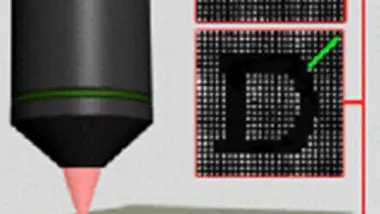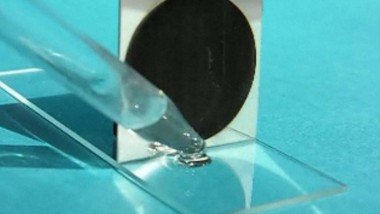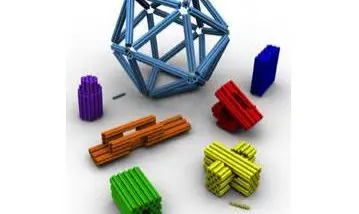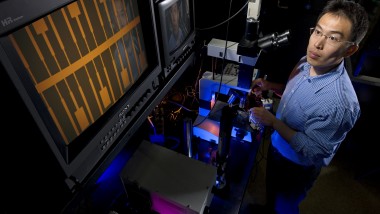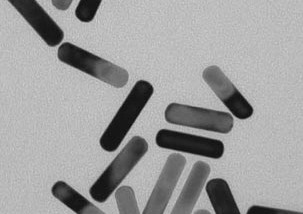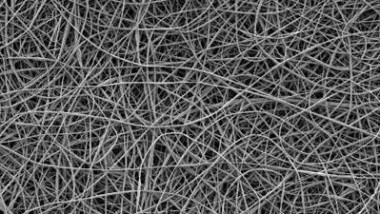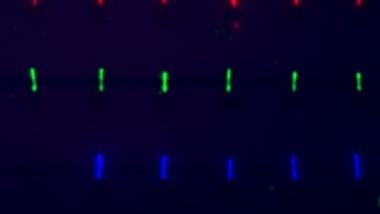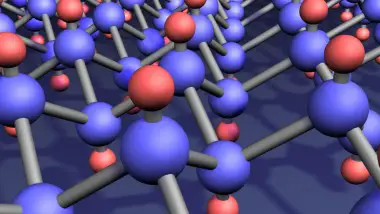Researchers from the Centre of Micro-Photonics at Swinburne University of Technology have shown how discs, with storage capabilities of 2,000 times the size of a DVD, can be developed using nanotechnology. Their findings point towards using nanoscopic particles to exponentially ...
Metal Defies Gravity by Lifting Water
Scientists from the University of Rochester have developed a metal slab that can quickly draw water upwards using principles of capillary action. The metallic material can be derived from any type of metal that is manufactured with a unique method ...
DNA ‘Origami’
Scientists at Dana-Farber Cancer Institute in Boston, Massachusetts found a way to create multilayered objects from DNA strings. These tiny structures may be used as biomedical nanodevices that could deliver drugs into specific cells, thus aiding the battle against various ...
Carbon Nanotubes ‘See’ Full Visible Spectrum
Researchers at Sandia National Laboratory in Livermore, California have created the first carbon nanotube device capable of detecting light in the entire visible spectrum. This should enable scientists to study single molecules and how they react to light. The new ...
Gold Nanorods Target Tumors
Researchers at the Massachusetts Institute of Technology (MIT) have developed tiny gold rods capable of singling out tumorous cells and destroying them without damaging nearby healthy tissue. The gold nanorods absorb energy from near infrared light and then focus that ...
Electrospun Fibers Softer Than Silk
Researchers from the Massachusetts Institute of Technology (MIT) have developed a tissue-like material that is softer than silk and made up of fibers that are a thousand times thinner than a human hair. The unique fabric, according to the scientists, ...
New Method Leads to Thinner Circuitry
Researchers at the University of Colorado, Boulder, have developed a novel technique using two separate colors of light to reduce the size of circuitry employed in nanotechnology devices such as computer chips and solar cells. Existing methods of creating patterns ...
New Generation Nanowire Assembly Technology
Researchers at Penn State’s Nanofabrication Laboratory have developed a new technique for assembling nanowires which could eventually allow the development of handheld ultra-portable devices that can identify and instantly report on a broad array of substances. The new technology could ...
Graphene-based Insulator Developed
Researchers at the University of Manchester have developed a revolutionary material named graphane (with an “a”). The new material was obtained from graphene through a technique that reacted graphene with other substances to materialize new compounds with distinctive characteristics, which ...
Print Electronics with New Silver-Based Ink
Researchers at the University of Illinois have developed a new ink that can be used in electronic and optoelectronic applications to produce flexible, stretchable, and spanning microelectrodes that transmit signals from one circuit element to another. The ink, which is ...

